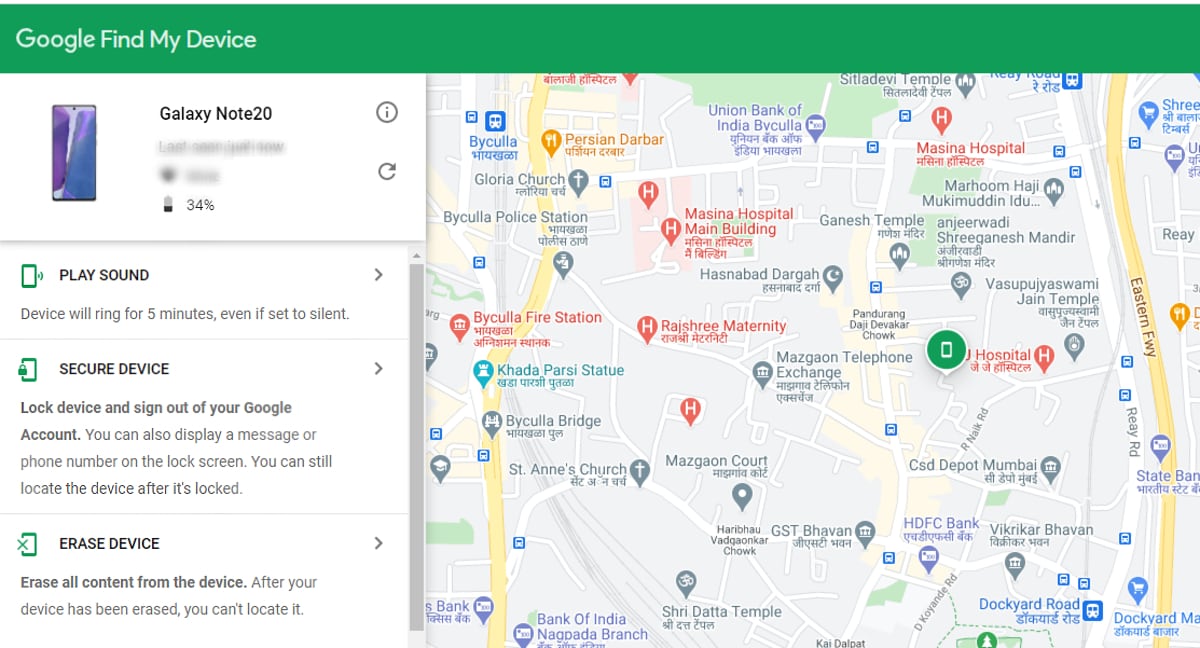
Google may be working on updating its Find My Device service. The new update will allow users to track their Android or WearOS devices to be tracked even when the device does not have access to the internet. Currently, the Find My Device service allows users to remotely locate, lock, sign out, and erase Android and WearOS devices linked to the same Google account only when connected to the internet. The new update was hinted in the Google System Update’s changelog for December 2022.
According to a report by SamMobile, the Alphabet-owned search giant, Google, has updated its changelog for its December 2022 system updates, which states that the Find My Device service now utilises a new framework that allows for last known location reports to be accessed in order to locate Android devices. The company claims that this has been done using a “privacy-centric” framework in the changelog.
Currently, Google’s Find My Device service for Android and WearOS devices works on an internet-based tracking system. However, South Korean smartphone manufacturing giant Samsung has been seen enabling its SmartThings Find service by connecting to an arbitrary nearby Samsung device through Bluetooth and then relaying the location of the lost or stolen Samsung device to the owner, added the report.
Apple‘s Find My service, which has been known to be most efficient in terms of being secure and effective, also utilises a similar mechanism that engages the lost device’s Bluetooth and automatically connects with other Apple products nearby, which then is able to relay the location of the lost device to the owner.
The iPhone maker’s superior performance in terms of tracking lost or stolen devices is credited to it benefitting from having more nodal Apple devices available across the world, added the report. Both companies utilise an end-to-end encryption mechanism to ensure that location info remains secure. Google is also reportedly utilising a similar mechanism.
Samsung’s device tracking capabilities are set to become even better if it could manage to utilise a larger set of Android phones through Google’s Find My Device, once it is updated to support offline tracking through a similar mechanism.
However, it is important to note that there has been no official confirmation from Google on the rollout of the offline tracking support for its Find My Device service.



